A kaleidoscope of colors, a symphony of sounds, and a medley of creative expressions—this is the Coney Island Mermaid Parade for you. But the year 1996 was not just another addition to this spectacular annual tradition; it was a year that signified maturation and self-expression, capturing the zeitgeist of a rapidly changing New York City.
A City in Transformation
By 1996, New York City was visibly transforming. Mayor Rudy Giuliani’s quality-of-life campaigns and policies targeting crime began to show effect, echoing in the streets and public spaces. The atmosphere at Coney Island was no different; the Mermaid Parade reflected a newfound sense of security and vibrancy. It was as though the parade itself was a celebration of a city reclaiming its public spaces, ringing true to New York’s moniker as “The City That Never Sleeps.”
Coming on the heels of the 1995 Oklahoma City bombing and in the midst of Bill Clinton’s presidency, the 1996 Mermaid Parade reflected the complex social and political nuances of the era. Amidst the buoyant floats and flamboyant costumes, there were undertones of a community grappling with national issues, ranging from domestic terrorism to questions of governance. These themes found a home in the artwork and placards displayed during the parade, showcasing the multifaceted character of New Yorkers.
The Internet Age Beckons
The mid-’90s were the dawn of the internet age, and the Mermaid Parade of 1996 was among the first to feel its influence. While still not fully digitized, the emergence of the early internet began to bring together communities in unprecedented ways. Forums and chat rooms dedicated to the parade started popping up, allowing enthusiasts to share information, photographs, and even arrange meetups, thereby expanding the parade’s footprint beyond the geographical confines of Coney Island.
The 1996 Mermaid Parade saw an increase in the number of female participants taking on central roles. No longer relegated to the sidelines, women were float designers, choreographers, and even dominated the drumming troupes. This shift signaled a broader change in societal attitudes, reflecting a city and a nation inching closer to gender parity.


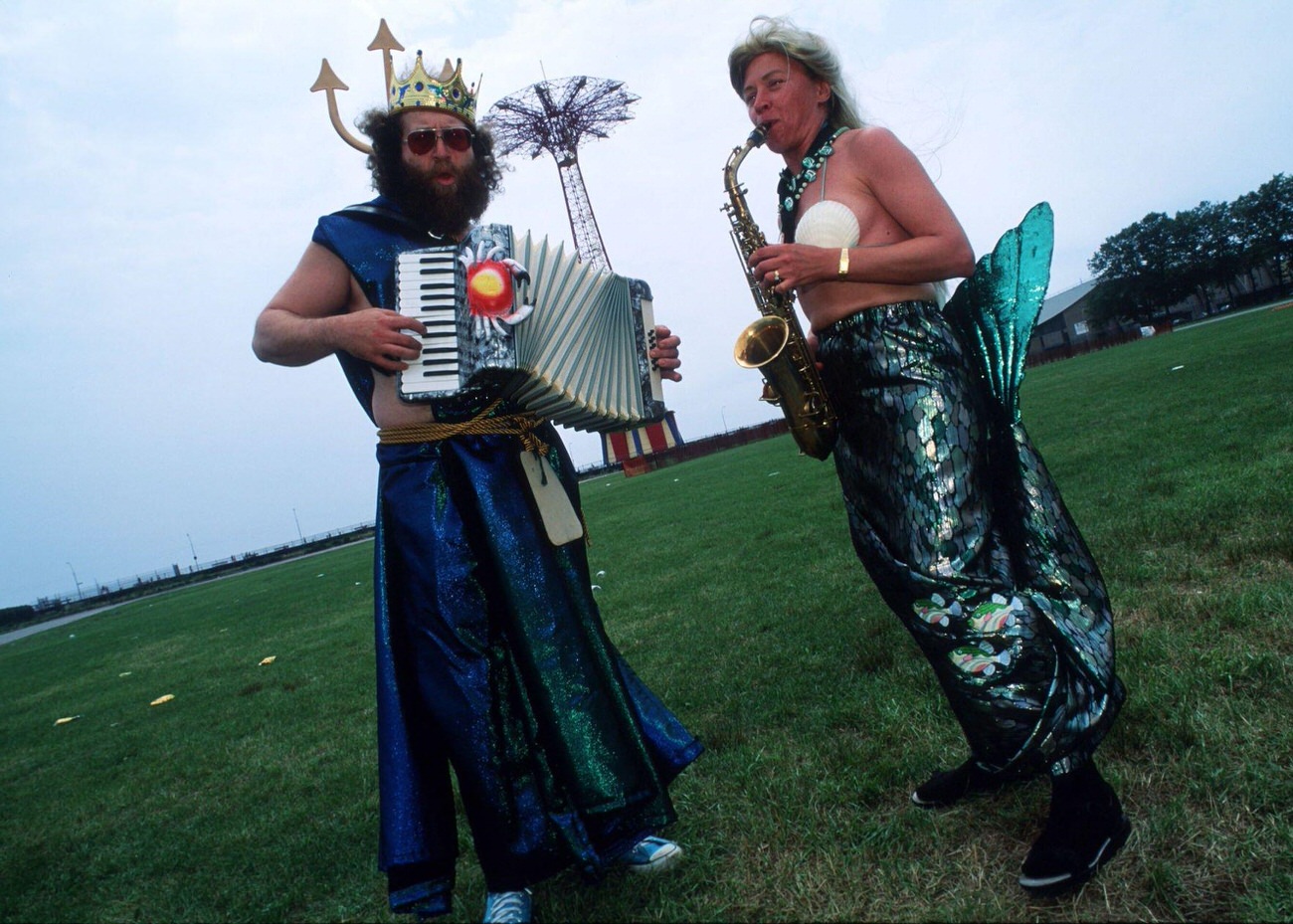
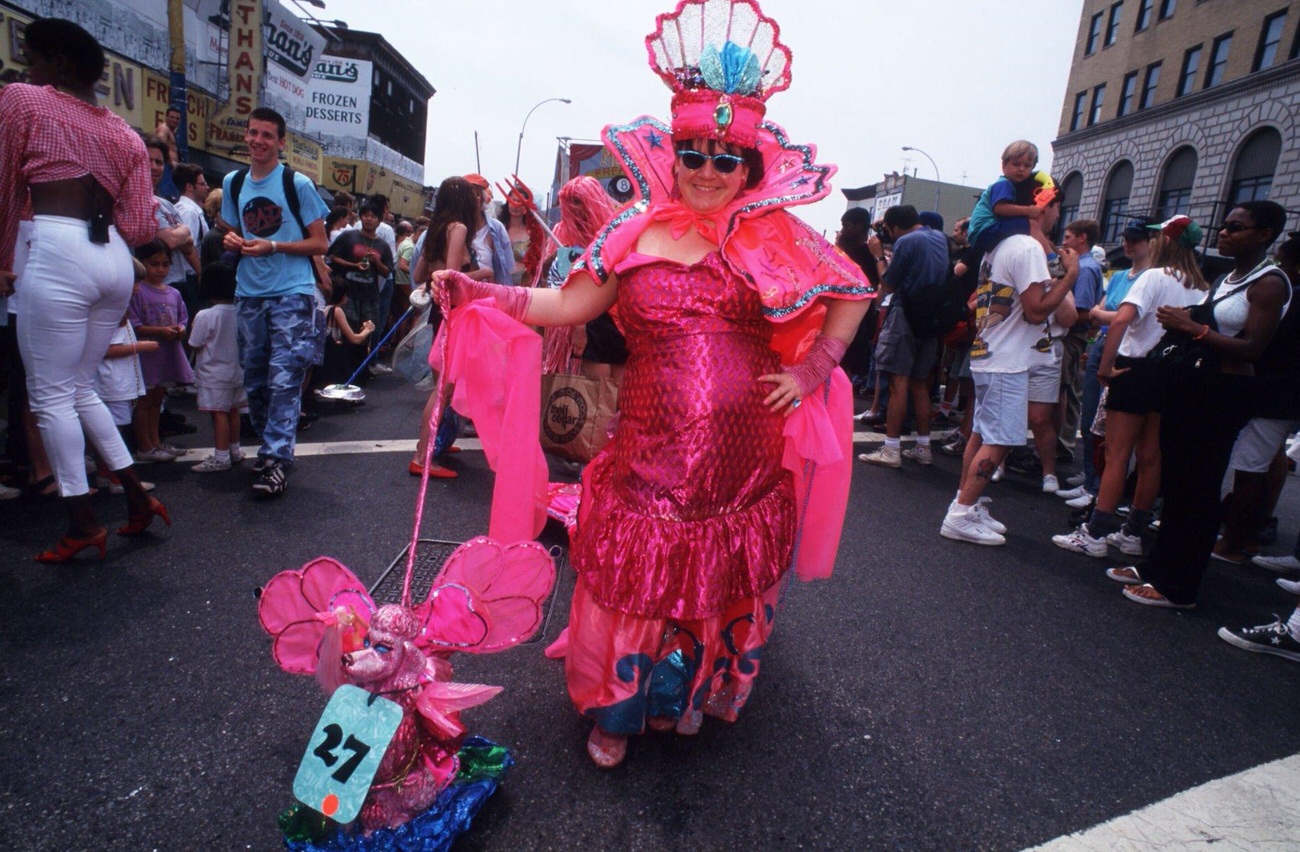
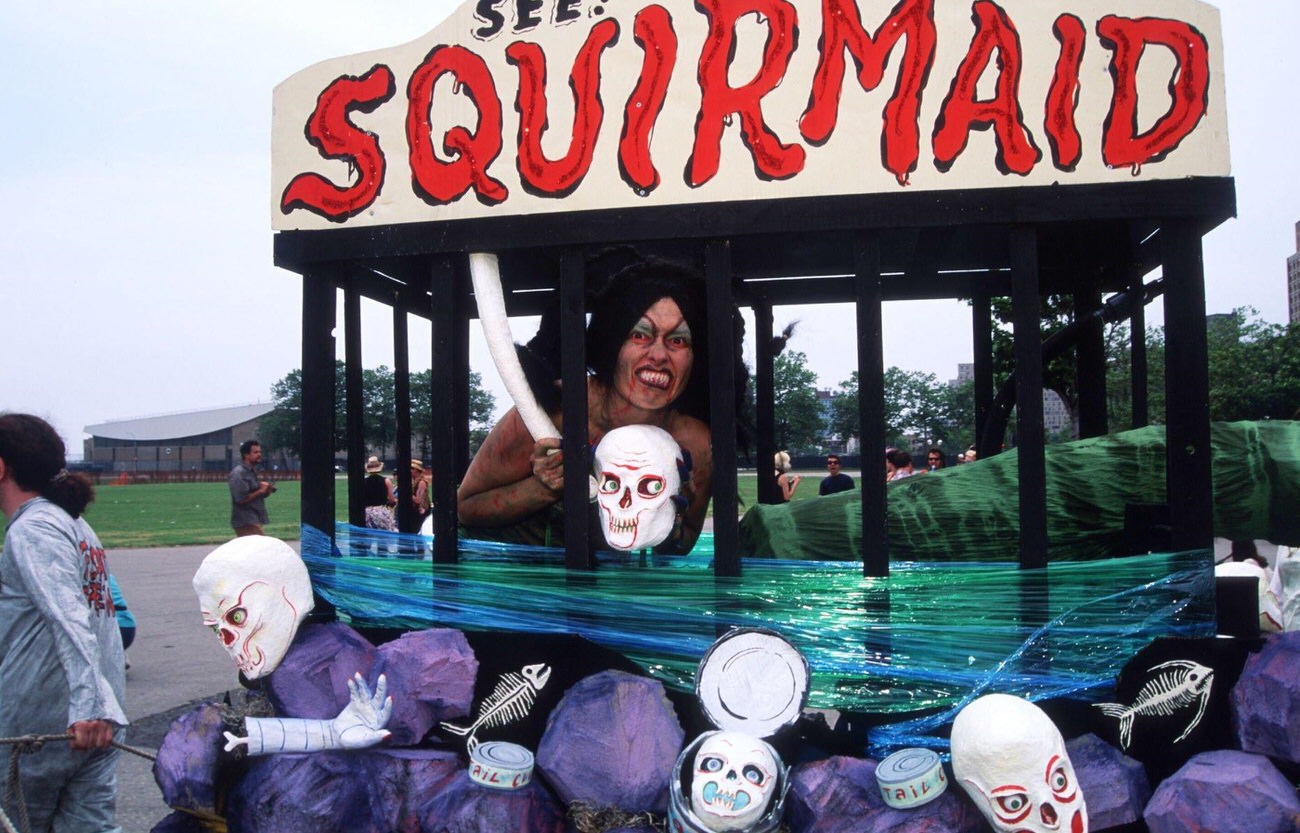
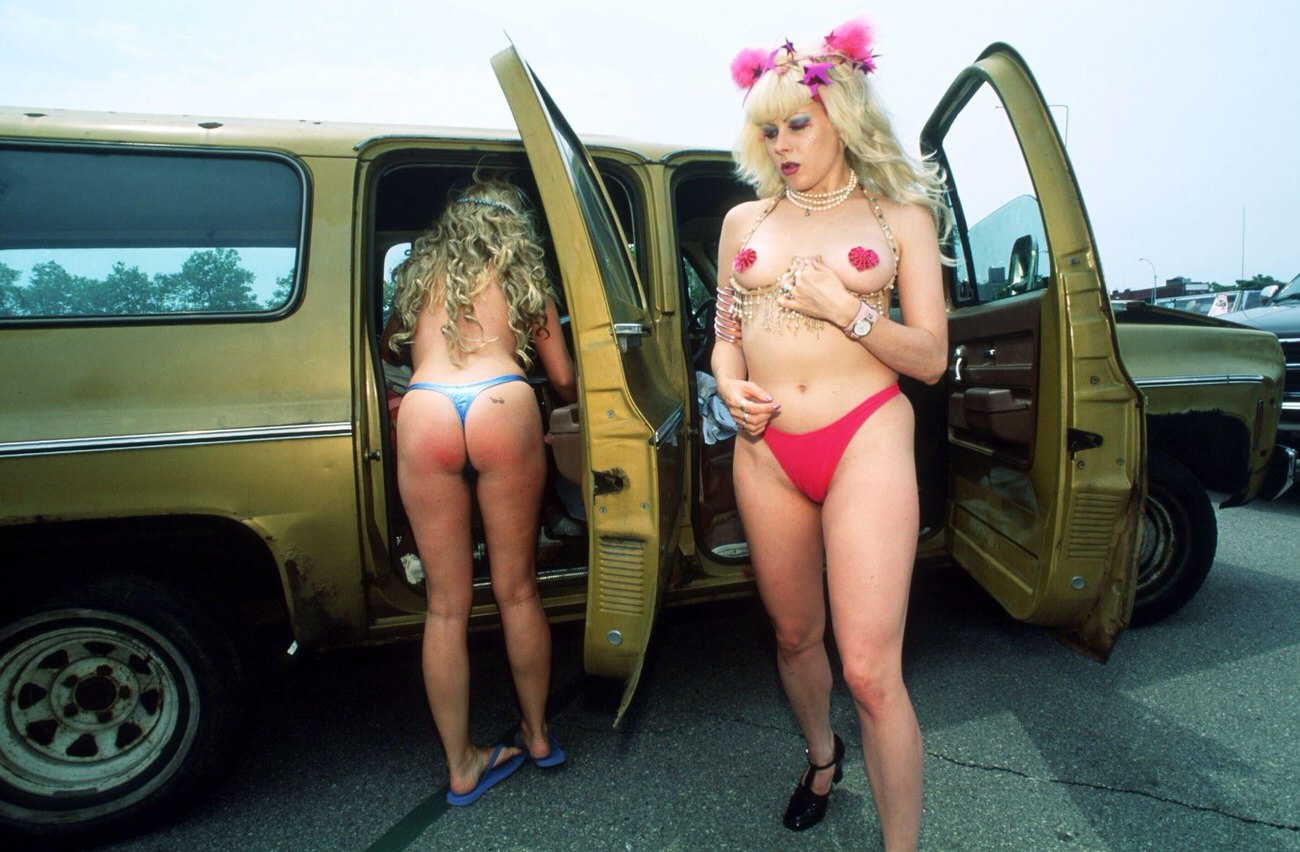
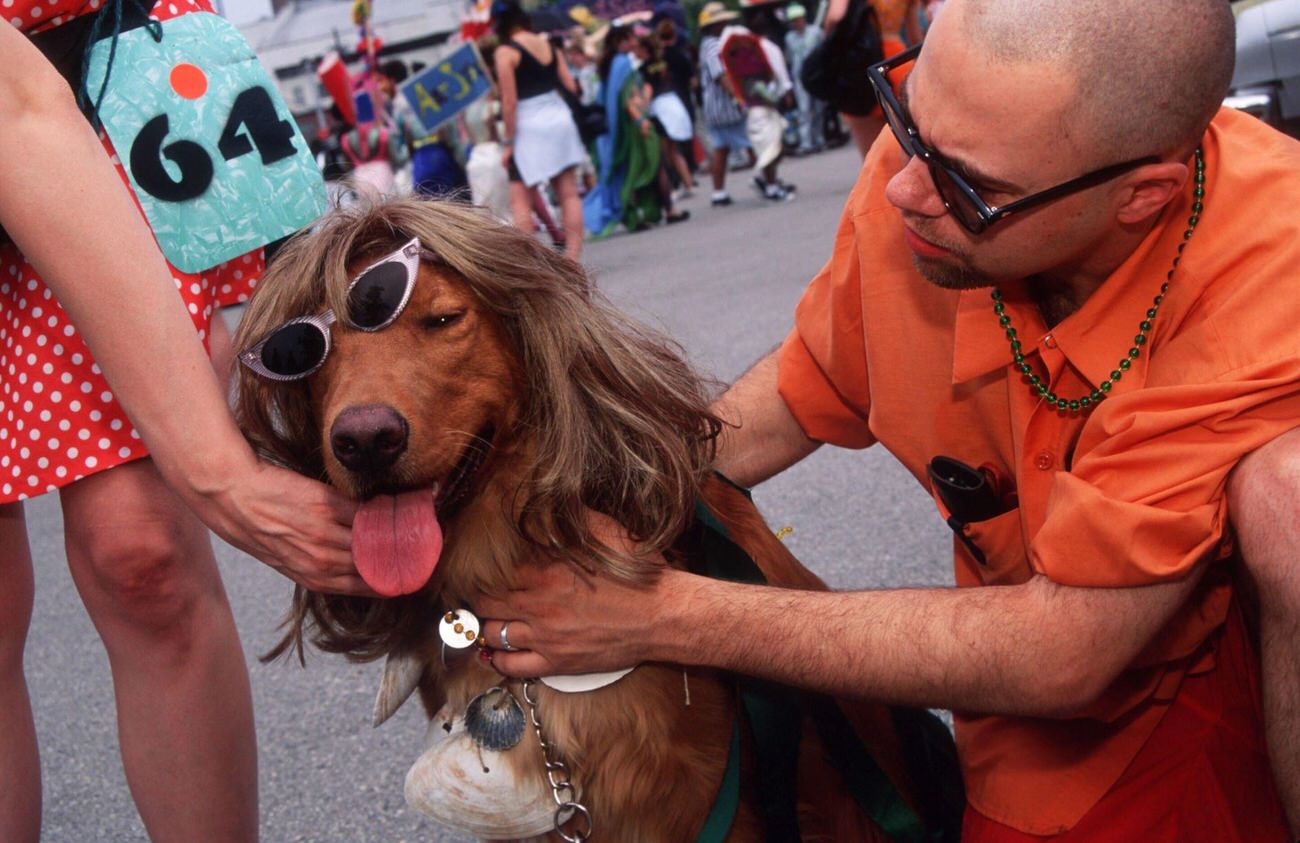
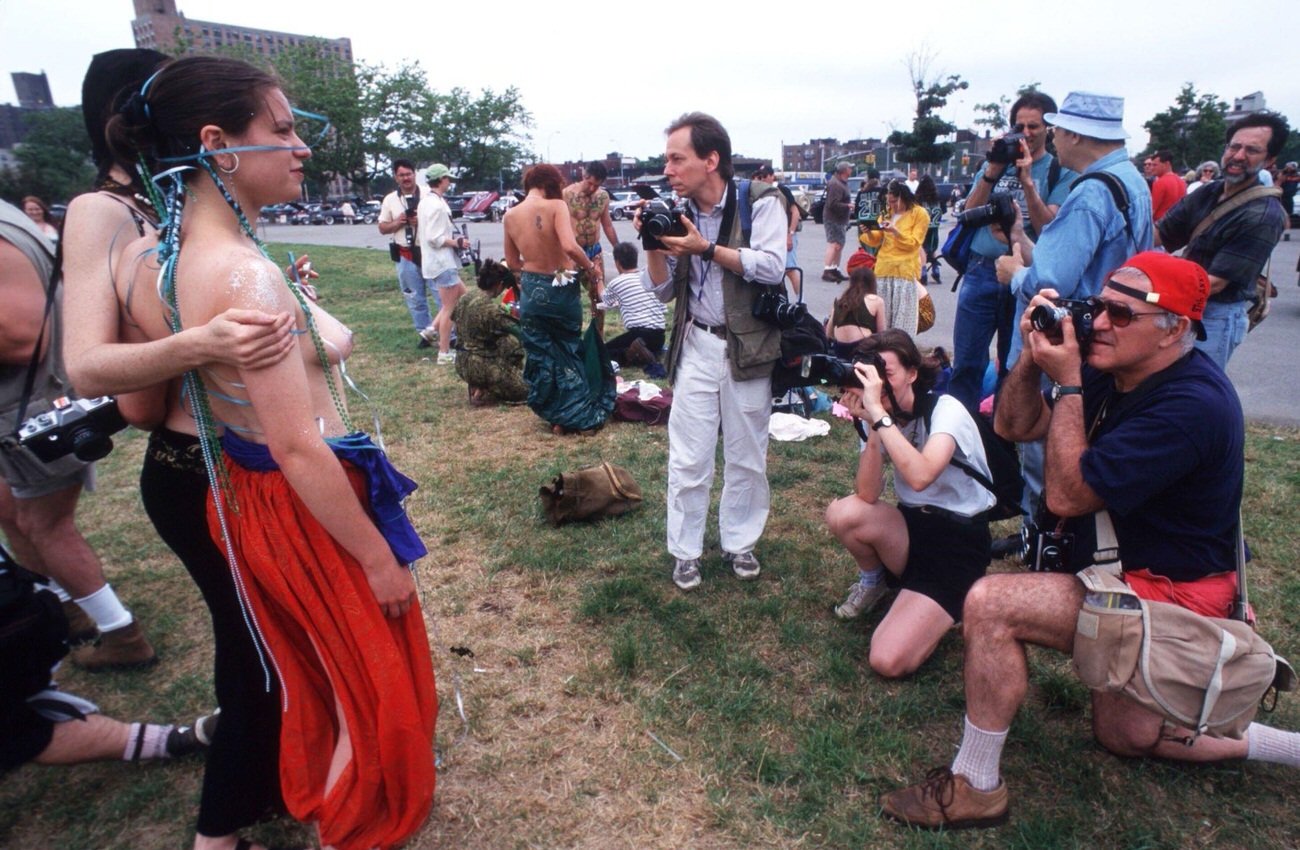
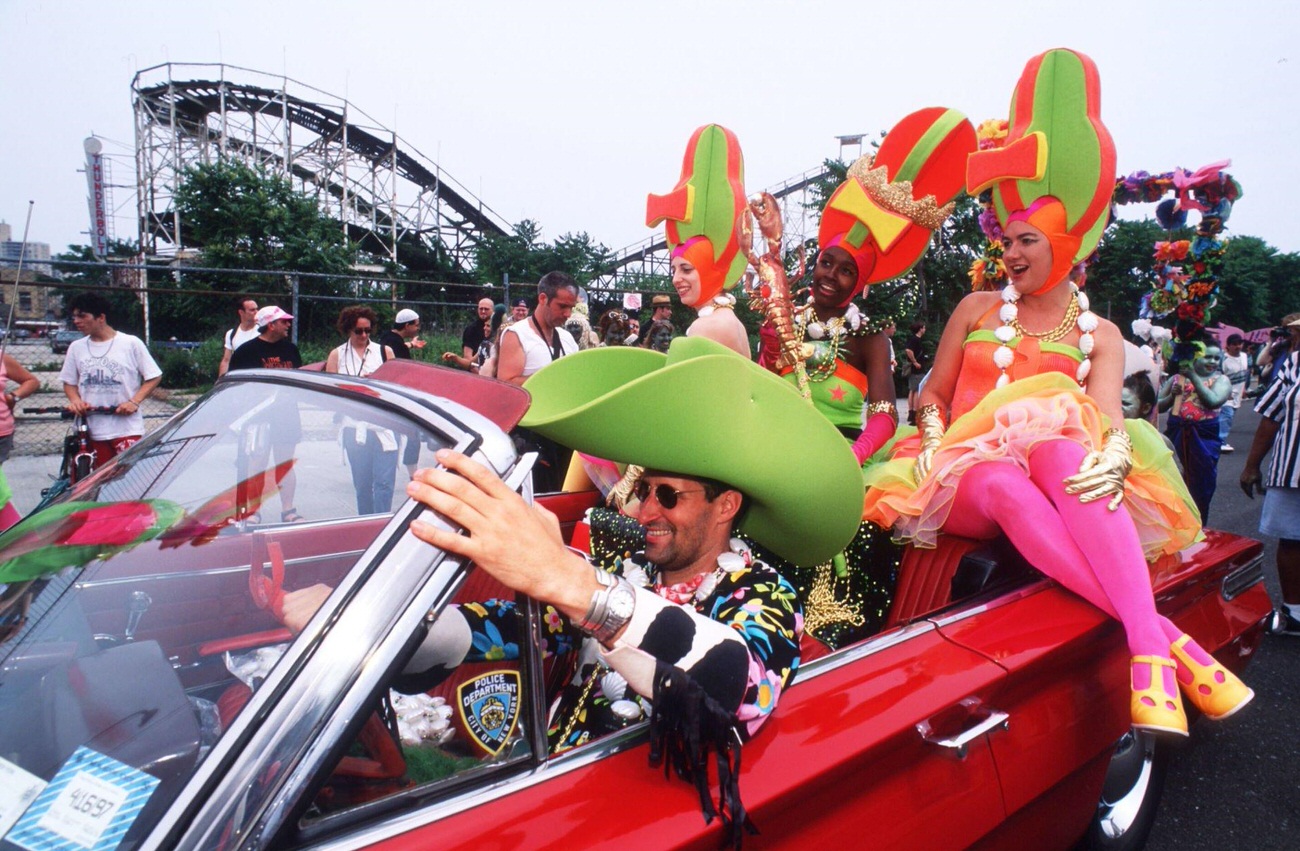
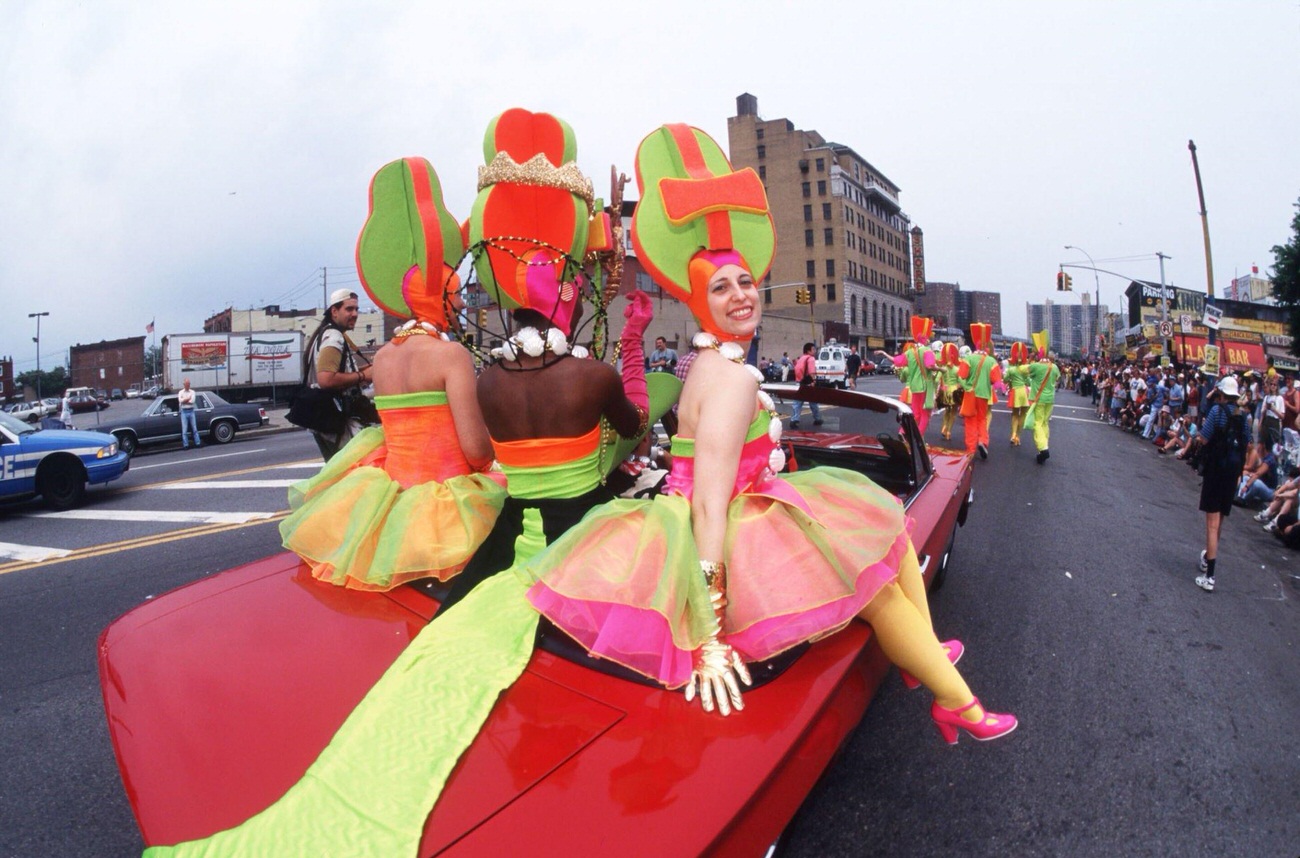
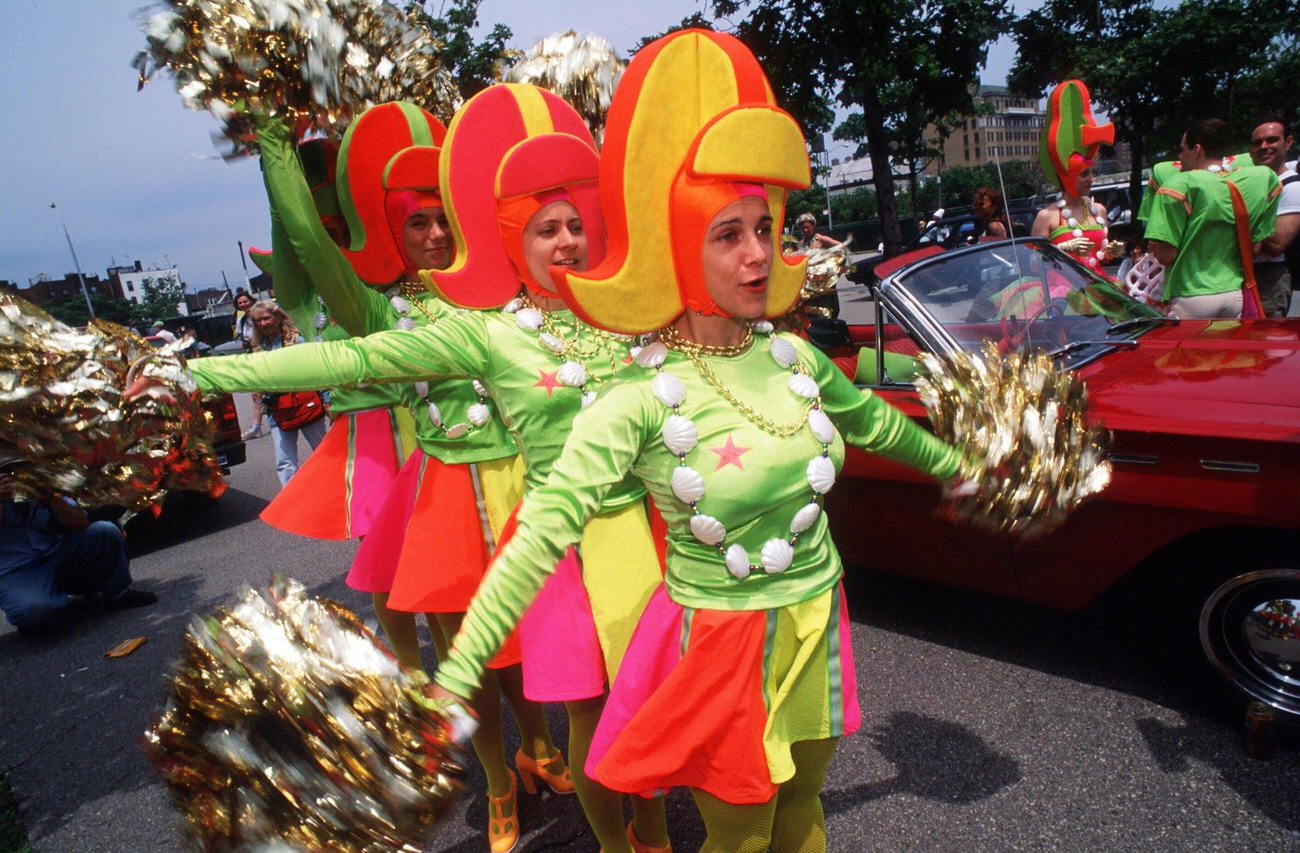
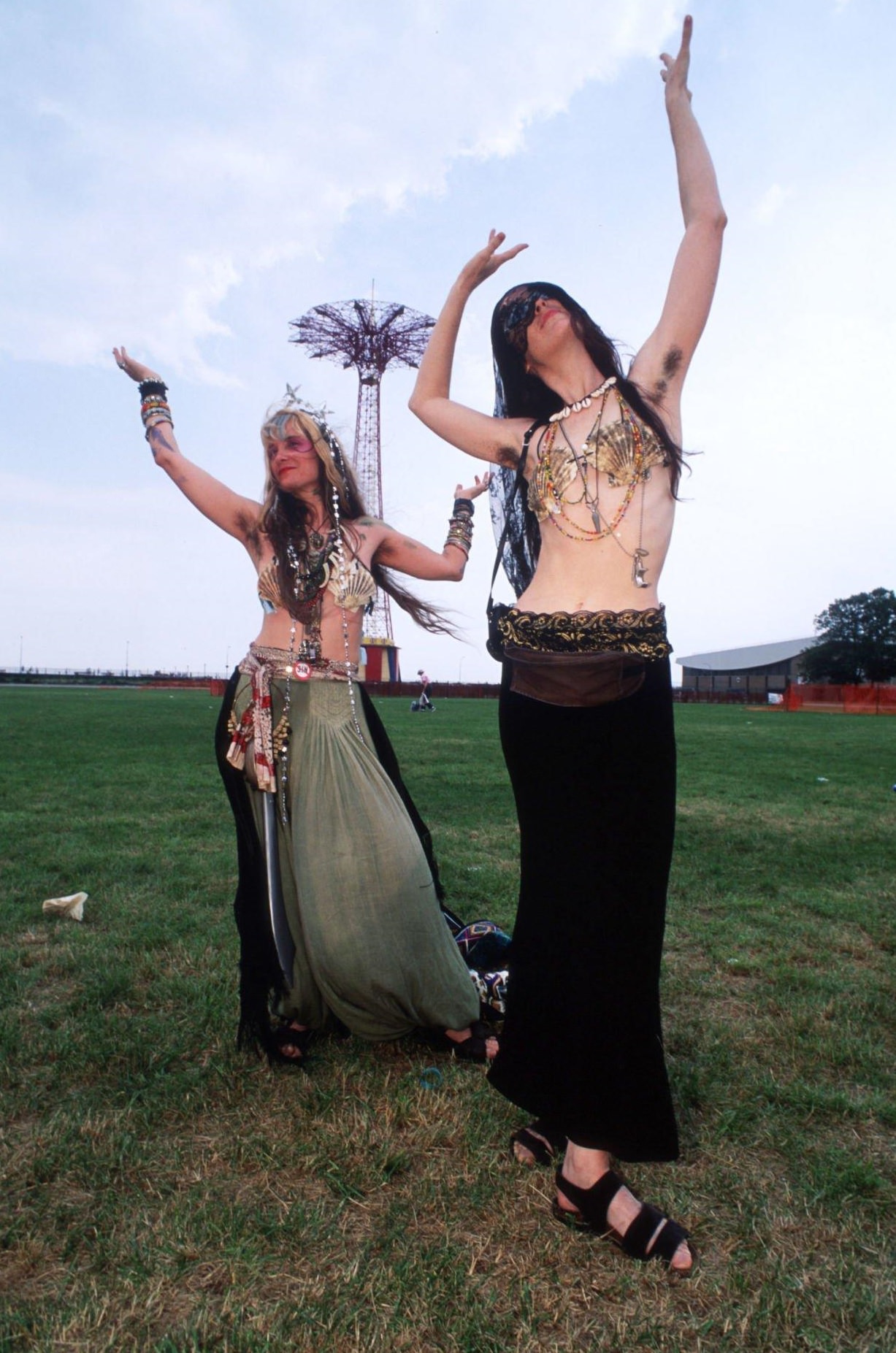
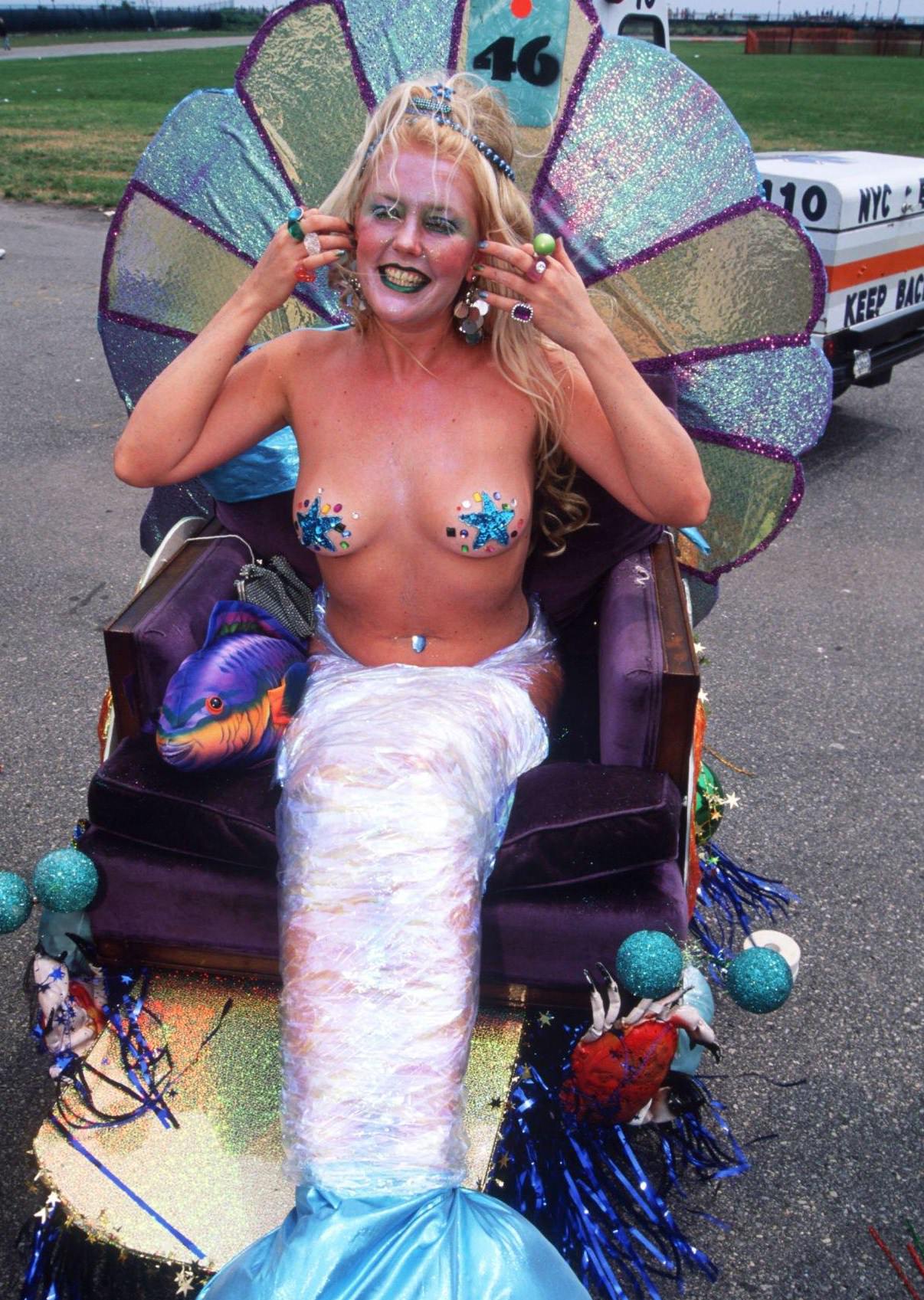
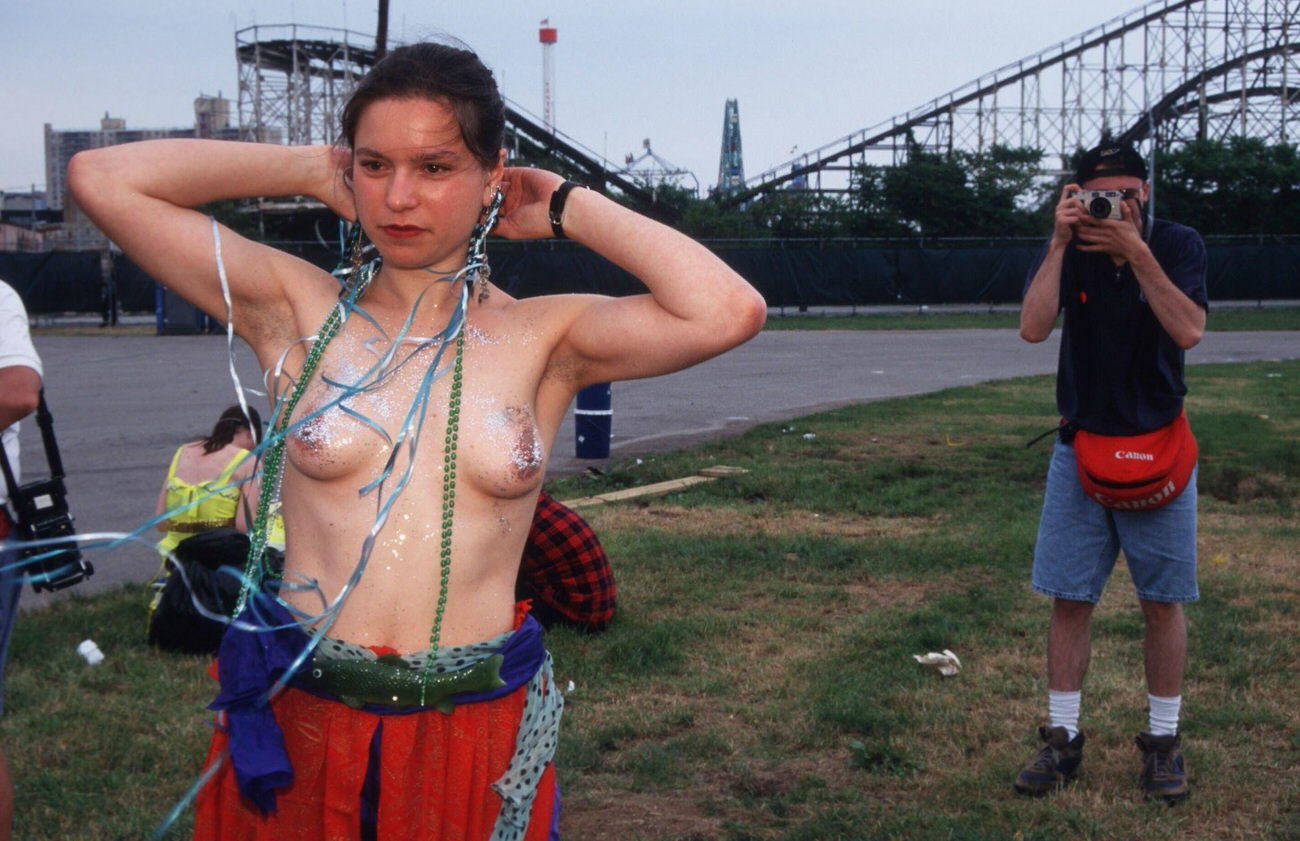
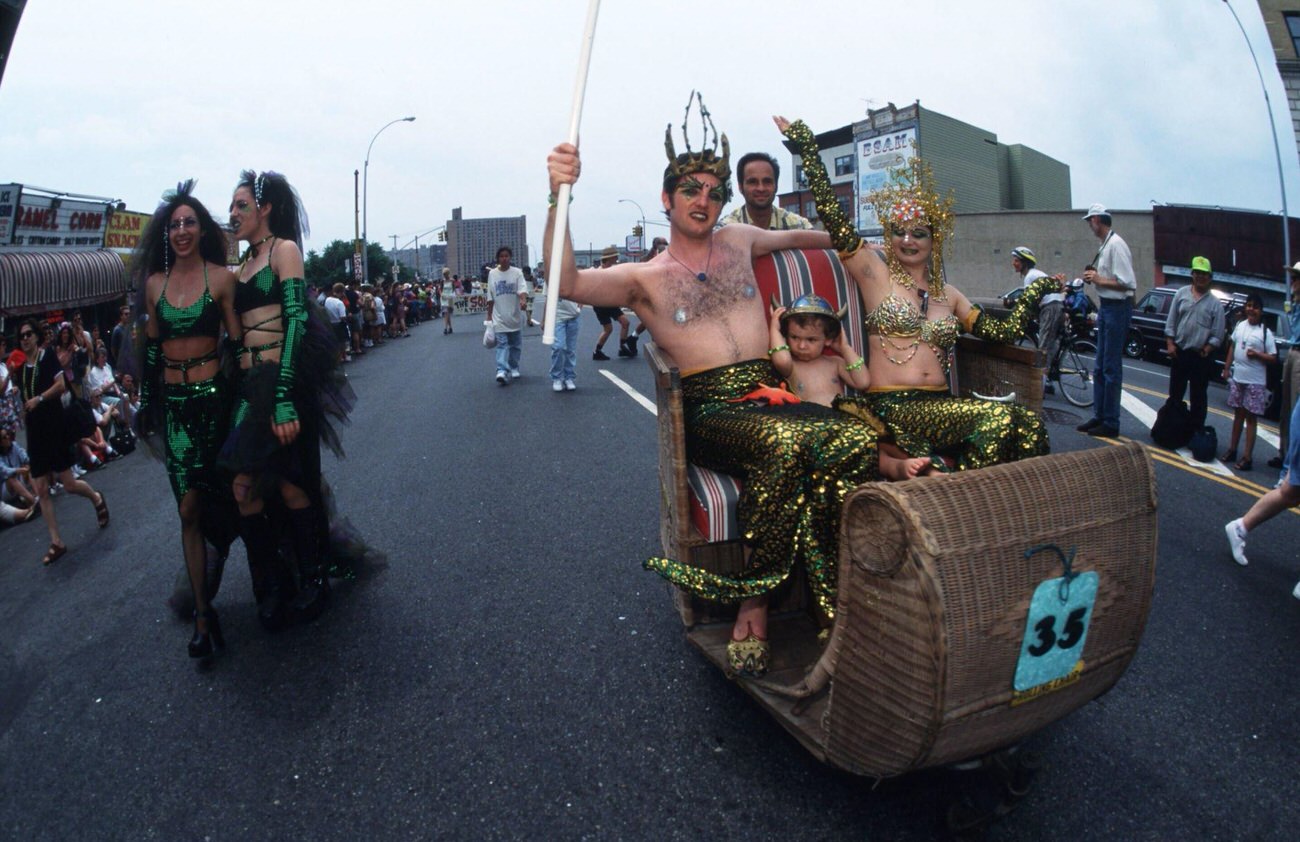
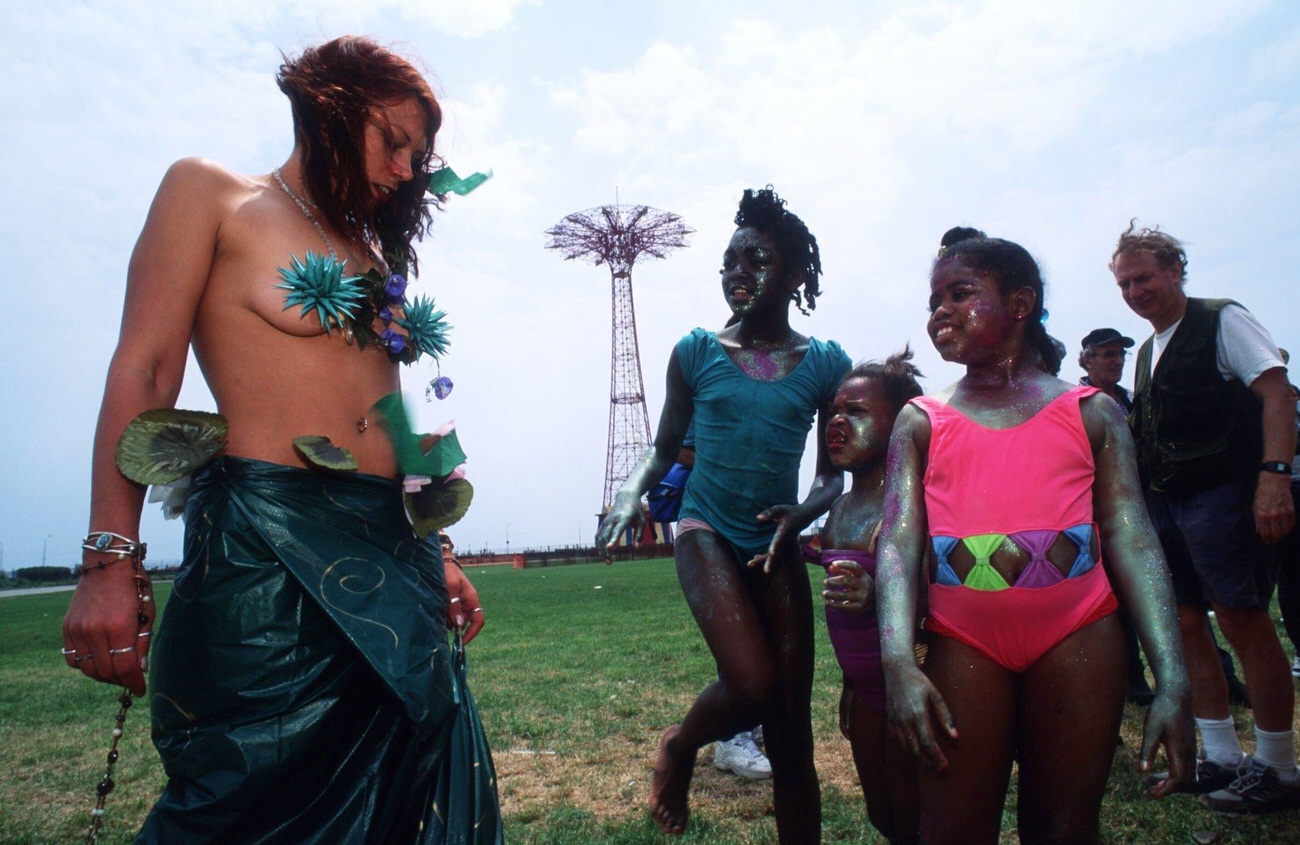
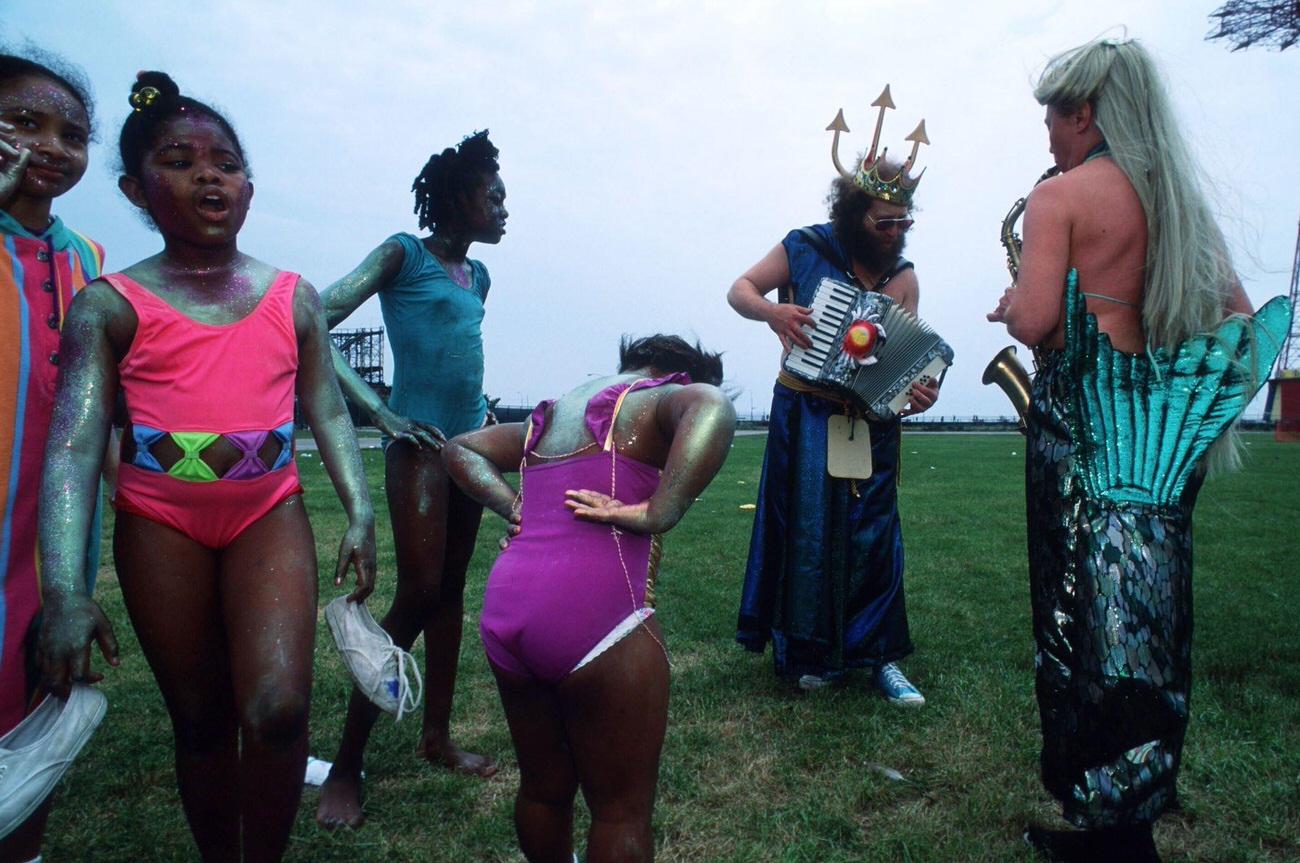

GIPHY App Key not set. Please check settings